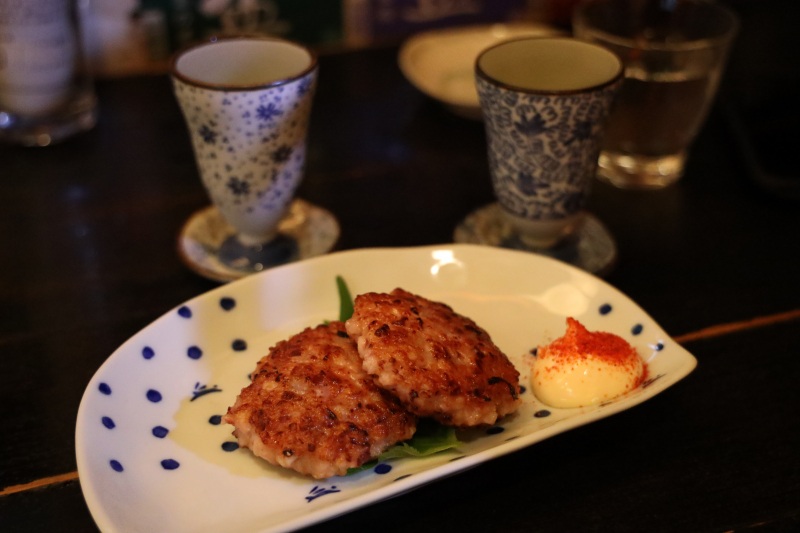The Culinary Delights of Tohoku (Part 2)
Keep reading to discover the best of Tohoku's foods, in this follow-up to Part 1.

Kiritanpo, Akita

Nabe is one of Japan's most-loved dishes. Essentially a large pot filled to the brim with broth, fish, meat and vegetables, it is the perfect late autumn and winter food. Akita Prefecture, however, has its own version of nabe for the local delicacy: kiritanpo. Kiritanpo Nabe comprises maitake mushrooms, konyaku noodles, Hinai chicken and the star of the show: kiritanpo, a mochi-like skewer of cooked, pounded then mashed rice (which also goes great with miso). One of Japan's top breed of chicken, Hinai has a slightly more gamey flavour than regular varieties.
In the Odate region of Akita, you can try making kiritanpo for yourself with help from the local exprts— worthwhile for anybody visiting the area with a passion for sampling local Japanese cuisine.
Domon Izakaya, Aomori

This cosy little izakaya is tucked away in the backstreets of Hirosaki specialising in Aomori soul food classics. The low-key exterior opens up to a soft, warm interior complete with Hirosaki Neputa-inspired artworks and a warm welcome from the adorable Kudo-sans, diligently working away behind the counter serving up Aomori masterpieces one after the other. Try the iga-menchi (minced squid fishcake) among other local foods. Why not pair with one of the local sakes: Houhai, from the local Miura Sake Brewery.
Domon is about a 10-minute walk north-west of Hirosaki Station.
Shojin Ryori at Dewa Sanzan, Yamagata

It may come as some surprise that there is, actually, a tradition of vegetarian cuisine in Japan. Although known for its adoration of fish and grilled meats, Japan (or Buddhist Japan to be more accurate) has been celebrating the country's natural resources for centuries. In the Dewa Sanzan region of Yamagata mountain priests have a reputation for creating some superb vegetarian and vegan cuisine using local plants, mushrooms, vegetables and fruits. People come from far and wide to sample this more natural way of eating—known as Shojin ryori—and visitors can sample some wonderful dishes while looking out on the plains and mountains of the Dewa Sanzan area.
Oma Maguro, Aomori

Japanese are known for their love of tuna. And Oma town in Aomori is the country's tuna capital. The celebrated port town is crazy about catching only the best and freshest Pacific Bluefin tuna with the average fish coming in at a hefty 100 kilos. Some are much bigger and fetch huge prices at auctions all over the country. Oma, naturally, has an abundance of superb fish restaurants that curate their dishes around tuna and other fish caught in the stunning Shimokita Peninsula.
Onogawa Onsen Kamakura Village, Yamagata

The Kamakura Village located at Onogawa Onsen. in Yamagata Prefecture, is a winter wonderland of igloos and snow huts and a perfect way of relaxing with family and friends. Between January and March, every year, people flock to Kamakura Village to soak up the wintry atmosphere. As temperatures can become particularly chilly, the village offers the local specialty of Yonezawa ramen which is a great way of keeping toasty and experiencing local cuisine.
Column
Dining in Tohoku
Check out the flavours of Tohoku, offering some of Japan's very best foods.